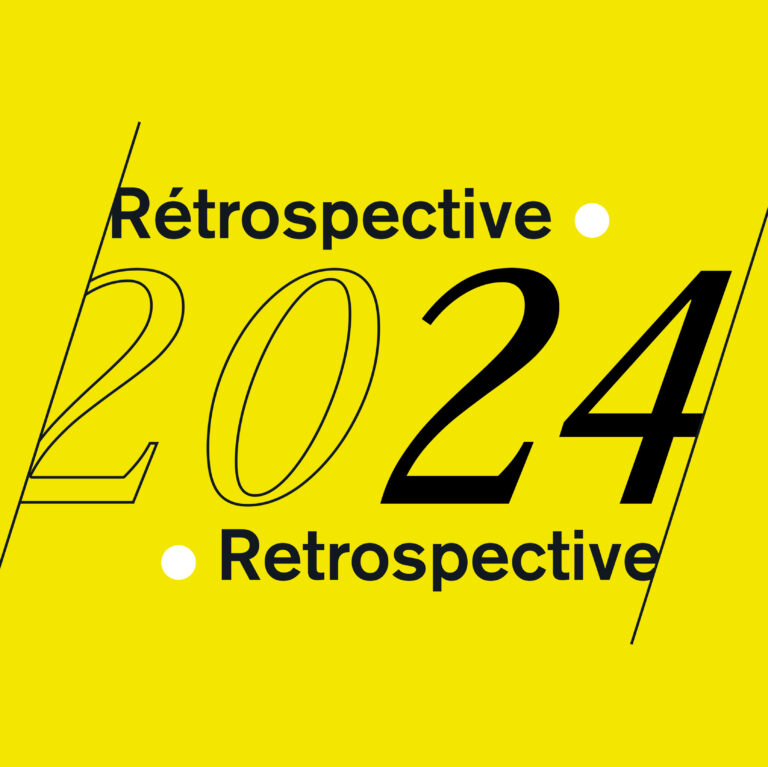
Infographics get a bad reputation because too many of them get data visualization wrong. Just now Kim Rees pointed out to Visually that their “staff pick” had a bar chart completely wrong (it’s no longer a staff pick).
I had a look at said “infauxgraphic” and was pleased to see that it touches a topic I’m interested in — standing desks — since I use one myself. Leaving aside the design for a moment, I tried to read the content. Very soon, it became just a series of facts and short sentences that were vaguely related. I would forget each of them as soon as the next one arrived. I was looking for the shortest sentence on the page and 4 lines in a narrow column was too much for my brain to bear. I couldn’t read the whole thing.
What was happening?
These infauxgraphics have fallen for the “bullet point fallacy” — like most PowerPoint presentations— which is the perception that facts are conveyed faster and better by using short scattered sentences. The infauxgraphic model of illustration-sentence is very similar to the dreaded list of bullet points in a presentation. There is no build-up, no explanation of logic or causality, and the idea gets lost, with the reader. Quickly read, quickly forgotten.
Yet infauxgraphic designers seem to think that “visualizing” is the best way to convey any kind of information even if many ideas are more clearly explained and more easily understood in full paragraphs. It’s not boring — it’s how Harry Potter, USA Today and Fifty Shades of Grey are organized. Full paragraphs are how most of what I read, even on the web, is organized. Let’s hope that infauxgraphics will mature and that we’ll learn to parse what needs to be visualized and what needs to be written in full.
Francis Gagnon is an information designer and the founder of Voilà: (2013), a data visualization agency specialized in sustainable development.

